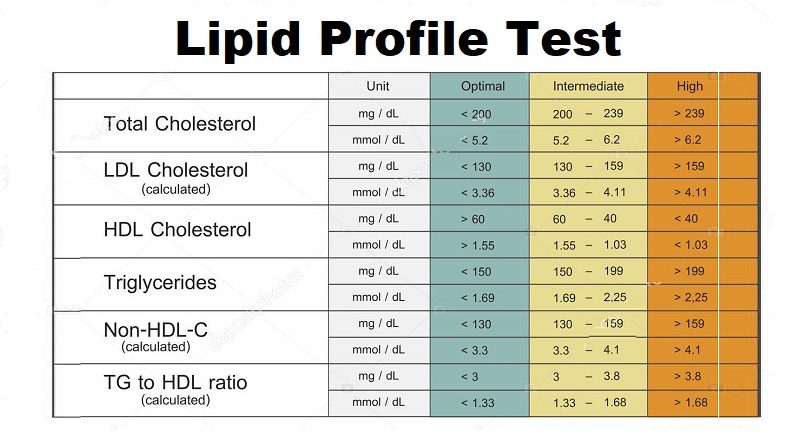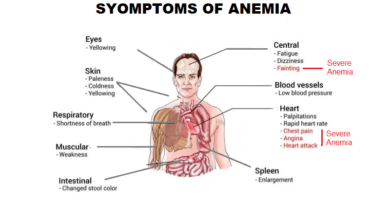Heart Health: Getting a Lipid Profile Test Today is Crucial
Your heart health is crucial for your overall health. It’s the engine that keeps your body running and works hard day and night to pump blood throughout your body, delivering oxygen and nutrients to all your body organs and tissues. But did you know that the choices you make in your daily life can negatively impact your heart? High levels of cholesterol, HDL, LDL, and triglycerides can increase your risk of heart disease, stroke, and other health complications.
How to monitor heart health
One of the best ways to monitor your heart health is by getting a lipid profile test, which is a blood test that measures the levels of cholesterol, HDL, LDL, and triglycerides in your blood. Knowing your lipid profile details can help you take steps to improve your heart and reduce your risk of heart disease.
Components of lipid profile
A lipid profile is a blood test that measures various components of fats in the blood, that includes the following components:
- Total cholesterol:
This measures the total amount of cholesterol in the blood, including LDL, HDL, and other types of cholesterol.
Cholesterol is a lipid (fat) that is essential for our life, as it is essential for the proper functioning of the body. But, too much cholesterol can lead to a buildup of plaque in your arteries, (atherosclerosis), which can increase the risk of heart disease. - High-density lipoprotein (HDL) cholesterol:
Often referred to as “good” cholesterol, HDL, as it helps remove excess cholesterol from the bloodstream and transport it to the liver for processing and removal. Therefore, negatively affects heart health, as it prevents prevent plaque buildup in the arteries. - Low-density lipoprotein (LDL) cholesterol:
Often referred to as “bad” cholesterol, as it contributes to the buildup of plaque in your arteries, and increases the risk of heart disease and stroke. - Triglycerides:
These are a type of fat found in your blood that can increase the risk of heart disease when levels are too high. - Non-HDL cholesterol:
This measures the total amount of cholesterol in your blood, excluding HDL cholesterol. It is a useful marker for predicting the risk of heart disease. - Very-low-density lipoprotein (VLDL) cholesterol:
This is a type of cholesterol that carries triglycerides in the blood. High levels of VLDL cholesterol can increase the risk of heart disease.
Normal range of lipid profile
| Component | Normal Range |
|---|---|
| Total cholesterol | <200 mg/dL |
| HDL cholesterol | >40 mg/dL (men), >50 mg/dL (women) |
| LDL cholesterol | <100 mg/dL (optimal) |
| 130-159 mg/dL (borderline high) | |
| 130-159 mg/dL (border- line high) | |
| 100-129 mg/dL (near-optimal) | |
| 160-189 mg/dL (high) | |
| >190 mg/dL (very high) | |
| Triglycerides | <150 mg/dL |
| Non-HDL cholesterol | <130 mg/dL |
| (LDL + VLDL + others) | |
| Very-low-density lipoprotein | 5-40 mg/dL |
SUMMARY
By getting a lipid profile test, you can learn about your cholesterol, HDL, LDL, and triglyceride levels. If your levels are high, lifestyle changes can help lower your levels and reduce the risk of heart disease. Lifestyle changes may include eating a healthy diet, regular exercise, enough quality sleep, and quitting smoking.
Protecting your heart health should be a top priority. Getting a lipid profile test is a simple and effective way to monitor your heart health and take steps to reduce your risk of disease. Don’t wait – get your lipid profile test done today and take control!




